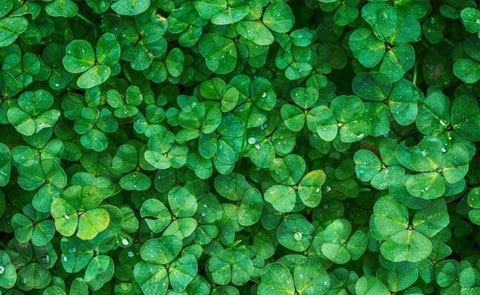
A collaboration between the National Renewable Energy Laboratory (NREL) and three other national laboratories has yielded new insight into the ability of bacteria to break down the hardy part of a plant known as lignin.

A collaboration between the National Renewable Energy Laboratory (NREL) and three other national laboratories has yielded new insight into the ability of bacteria to break down the hardy part of a plant known as lignin.